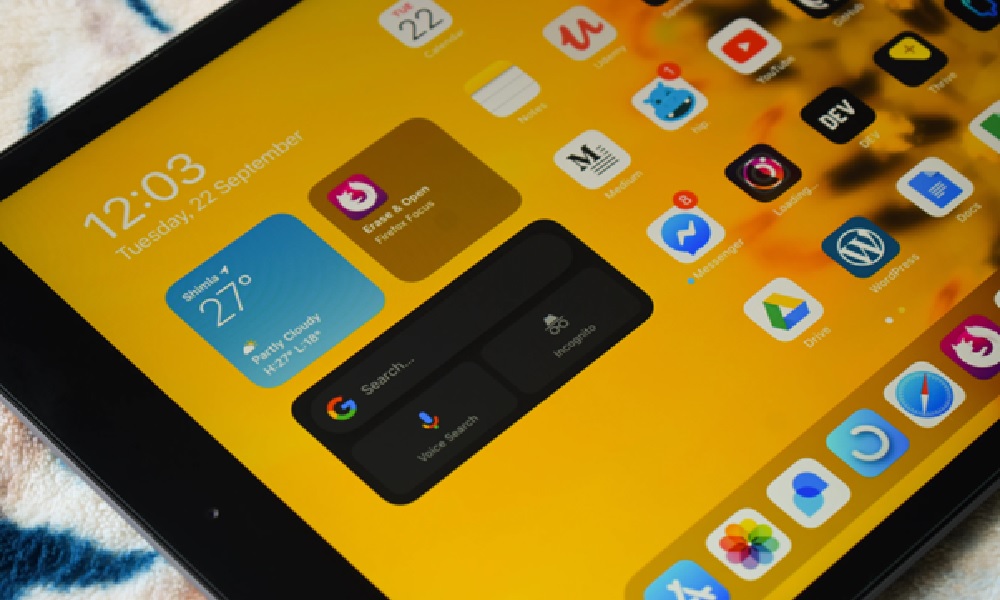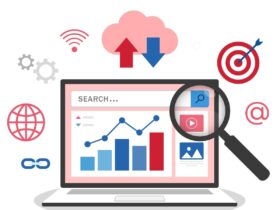Mobile applications have the ability to reach consumers all around the world nowadays. However, app developers must consider localization a key tactic to capitalize on this worldwide audience properly. App localization has many advantages but may also be expensive, especially for startups or smaller teams working on mobile applications.
You should adapt your app so that it can cater to people in various countries with various preferences if you want to increase the potential reach of your brand. And mobile app localization can help you with that.
For one reason, mobile app localization enables you to reach outside your user base and enter a global market. This increases your downloads, gives you an advantage over the competition, and allows you to raise your sales internationally.
What Does the App Localization Cost Include?
The app localization price might vary greatly depending on a number of variables. According to the size and complexity of the app, testing and quality assurance, updates and maintenance, legal and regulatory considerations, and testing and quality assurance, simple app localization into one language can range in price from a few thousand to several thousand dollars. The cost may significantly rise as the project becomes more sophisticated and includes more languages.
In order to get a more precise cost estimate, it’s recommended to:
- Decide on Your Languages of Interest: The languages you want to localize your software should be identified.
- Analyze the Complexity of Your App: Consider the complexity of your app, taking into account the number of screens, features, and content.
- Find Quotes: Get quotations from Quotehunt.co.uk, localization service providers, tools, or agencies that are suited to the needs of your project
- Take Into Account Future Costs: Keep in mind that localization is a continuous process, adding to the overall cost with updates and maintenance.
You may develop a more precise app localization cost project by carefully taking into account these elements and requesting quotations from localization specialists. Remember that investing in high-quality localization is necessary for reaching and engaging with a global audience effectively, and the fees involved are frequently an expense that pays off in the long term.
Techniques for Budget-friendly Mobile App Localization
1. Planning
Like every other project, your localization project begins with a planning phase. You may accomplish your internationalization objectives by having a clear plan. To determine your localization budget, define the scope of your localization process.
Determine how many words are in your mobile application’s source language by multiplying that amount by the target languages you intend to convert it into. Word count in your source language will often range from 1,000 to 5,000 words. Because placeholders and tags are not factored into word counts when calculating translation management solutions, localization costs are kept to a minimum.
The type of translation will significantly impact your app localization cost. Professional translators are highly pricey and produce translations of the highest caliber for your texts. Startups may hire junior translators or new graduates to complete basic translations.
2. Consider Localization Early On
Your mobile app needs to be internationalized to be ready for localization. Extracting texts and storing them in so-called resource files is known as internationalization. The localization process then employs these files. The language code (ISO code) is included in the file name for translations in separate files.
Including internationalization from the start will help developers avoid having to do extra work later. Accelerate the whole thing and steer clear of additional effort in addition to your localization method.
3. Identify Markets and Languages with Strong Potential
You have excellent tools at your disposal that give you thorough data. Utilize all available information to identify your consumer base and monitor user behavior. You can analyze the market’s potential by combining data from multiple sources. Find markets with high potential and avoid those too challenging to enter due to barriers imposed by law or intense competition.
Accessing market data and spotting trends across different geographies is made much easier with tools like the Google Global Market Finder, Keyword Planner, and Google Trends. Be aware that Google is the recommended search engine in no country (particularly in the East). To gather market information from various regions, other methods might be helpful.
4. Test Out New Markets and Languages
There is a really simple and inexpensive approach to testing if you are unsure which nations are the best to target or where to start with localization. Simply adapt your mobile application’s name (title), description, and metadata for a specific language or region.
The cost and labor are unquestionably lower than translating your complete mobile application. Considering that descriptions typically consist of 300–400 words, translating them into each language will cost between $50 and $80. The number of downloads, ratings, and other vital indicators will influence your decision to choose this language or country.
5. Choose Translation Tools
You may save time and money using strong translation tools with translation management platforms.
- Machine Translation: suggests an initial phrase using computer algorithms. It’s a terrific place for translators to start to produce high-quality translations with the least amount of labor and the most efficiency. Because translators don’t have to start from scratch, translation costs are inexpensive.
- Translation Memory: A database of previously translated texts is called a Translation Memory. It offers options for current translations based on similarities with previously accepted translations. Startups frequently employing the same terms and phrases throughout their applications should use TM. It guarantees that approved translations are reused and improves linguistic uniformity to save per-word expenses.
- Prefilling: Using prefilling greatly automates translation efforts. It immediately copies the appropriate translations from Translation Memory or Machine Translation to fill up any blank texts in your current project. Prefilling frees up product owners and project managers, allowing them to cut project management expenses.
Sum Up
Localization is more of an investment that will pay off in the long run than a one-time task. It lets you sell your goods worldwide and expand along with business growth. With the correct resources and assistance, translation won’t longer be a barrier for entrepreneurs.
With these techniques, you can successfully and affordably traverse the app localization industry, ensuring your app is prepared to serve a global audience while maximizing your ROI. You can position your app for success in international markets by making wise decisions and properly allocating your resources.












